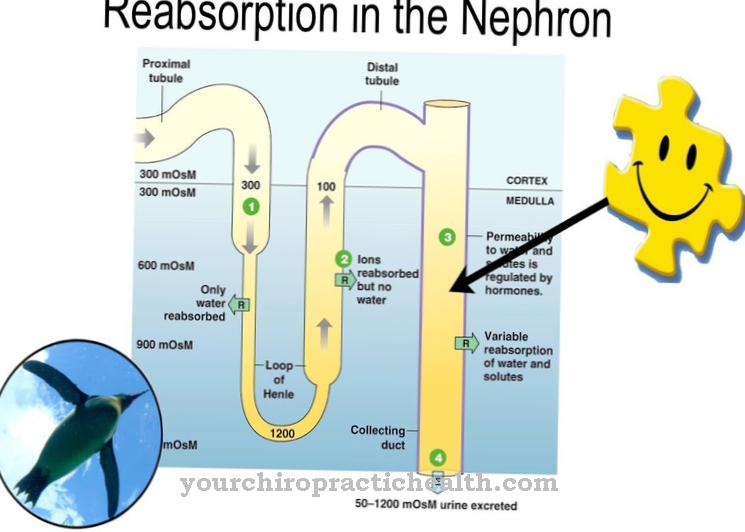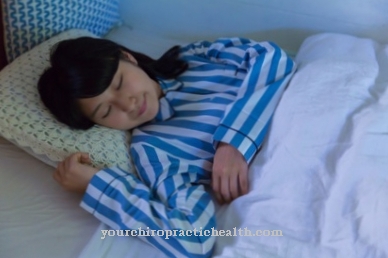The Tweezer handle creates the thumb saddle joint. Babies can only grasp easily at the beginning of life, but the tweezer grip sets in between the ages of six and nine months. The saddle thumb joint establishes the connection between the thumb and the metacarpal bone and the large polygonal bone is included. In this way, the thumb and the other fingers can face each other and together enable very fine gripping.
What is the tweezer handle?

The tweezers handle relieves the grip reflex, the baby can now grasp smaller objects. It no longer grips with the entire palm of the hand, but is able to use the forceps grip. Now no speck of dust goes unnoticed and maybe the toddler can already hold the baby spoon. The child will quickly perfect the tweezer grip and will grab whatever is around. It will even drop certain items and pick them up again. But that is quite normal, it helps in the development of the gripping motor skills.
The grasping reflex should be completely gone by the age of nine months. With the tweezers grip the baby becomes more skillful, it won't be long before it can eat alone. The tweezer grip is important for the development of a child, because it allows them to move and use the hand properly.
Function & task
The thumb joint is held in place with several ligaments and two muscles are available for each turning movement. The muscles of the hand are supplied by the ulnar nerve and the median nerve.
The thumb saddle joint is responsible for all gripping actions; it is also heavily stressed with the forceps grip. Women after the menopause in particular have to expect changes in this joint; it is usually osteoarthritis, which in this area is called rhizarthrosis. The thumb saddle joint is not a ball joint, but a typical saddle joint. This makes it possible to bend and stretch the hand, to optimize spreading and angling and, ultimately, to make all gripping movements possible in the first place.
Compared to the finger joints, the thumb saddle joint is quite elastic, but it is held by ligaments and is very stable. This enables safe movement in all directions. The thumb can therefore perform fine motor movements, including the tweezer grip, but it can also grip tightly.
The thumb saddle joint is responsible for many movements, it can perform fine motor movements, but it can develop a lot of strength for grasping movements. The opposition of the thumb has a special burden as a result. The thumb has two planes of rotation, so it is able to use the forceps grip.
By the way, each of the remaining four fingers can make “tweezers”. The tip of the thumb is placed on the end of any finger. The fingers of the same hand are more or less pressed together. The tweezer grip can therefore be exercised very sensitively and carefully, but it can also grip strongly.
You can find your medication here
➔ Medicines against concentration disordersIllnesses & ailments
With almost all movements, the thumb saddle joint is heavily stressed. Especially with the tweezers grip with the ring finger and the little finger. The joint surfaces are shifted against each other and significantly smaller surfaces are exposed to the stresses. The [[articular cartilage] can be worn out prematurely, which in turn leads to osteoarthritis. This manifests itself in pain when moving, which is later also recorded in phases of rest.
Bone extensions often form, which can already be felt from the outside and are easily recognized as deformations. There is a special X-ray procedure that makes the bony changes visible.
Those who work a lot with their thumbs on their smartphones are particularly at risk. Texting a lot or playing a lot of games can cause thumb pain. The phenomenon already occurs frequently in adolescents, as the strain on the thumb is very high and it is unusually stressed. The thumb is then also known as the SMS thumb and the overuse manifests itself in a tendonitis or a bursitis.
With the so-called Finkelstein test, you can even feel the tendon, which then makes a grinding noise. Here the thumb is closed in the fist and jerkily angled in the direction of the little finger. The symptoms are very painful and if the thumb is not treated, this disease can become chronic very quickly. Treatment can take a month or more. In very bad cases, a small operation may be necessary, which is carried out on an outpatient basis. A small incision in the connective tissue or in the bursa can provide relief. After the procedure, the thumb can be moved again immediately.


























